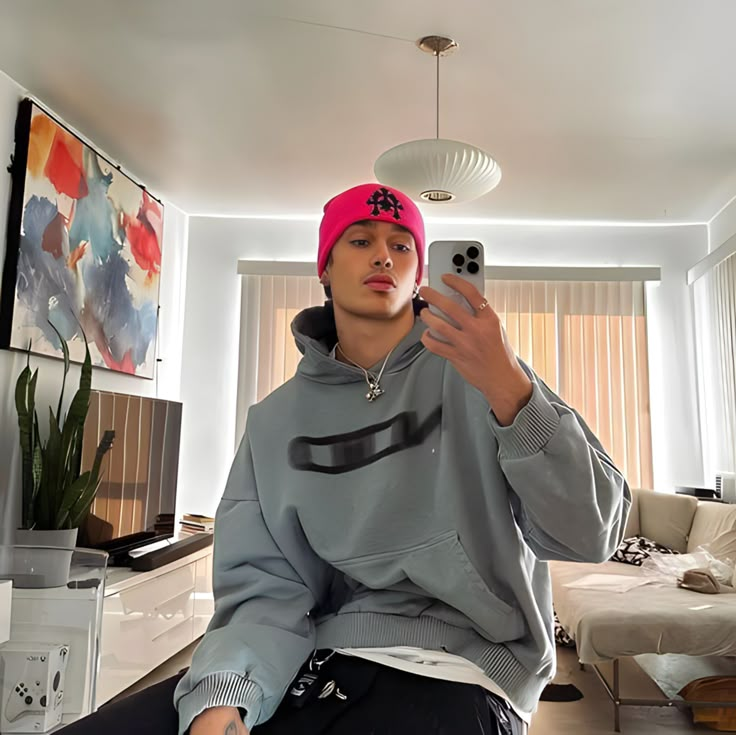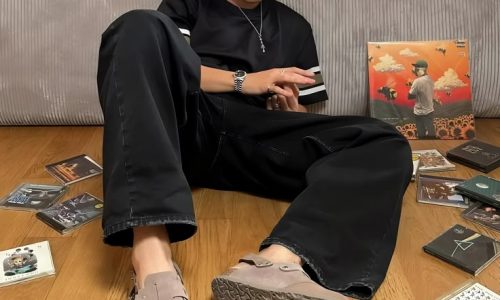
Fashion Forward: The Defining Trends of 2025
Introduction
As the fashion calendar flips to 2025, a fresh wave of inspiration transforms the way we define personal style. This year marks a dynamic shift in design, where aesthetics meet innovation and self-expression is amplified through every stitch, silhouette, and story. Driven by cultural fluidity, technological growth, and a deeper understanding of sustainability, the fashion industry is poised to lead a thoughtful, forward-looking revolution. Designers, consumers, and creatives alike are breaking conventions to create a more inclusive and imaginative future.
This article explores the defining fashion trends of 2025, examining how color palettes evolve, materials transform, and design philosophies realign to meet the modern world’s needs. From avant-garde silhouettes to the tactile allure of next-gen fabrics, fashion in 2025 is not just about appearance—it’s about purpose, identity, and innovation.
The Return of Sculptural Silhouettes
One of the most notable directions in 2025’s fashion scene is the resurgence of sculptural forms. Garments no longer merely follow the shape of the body—they redefine it. Designers are moving beyond traditional tailoring and embracing voluminous cuts, angular patterns, and dramatic layering that convey power and personality. With advancements in pattern-making software and 3D modeling, these silhouettes are both expressive and wearable.
Clothing is becoming a form of architecture, with pieces that twist, fold, or hover around the body. Think cocoon-like jackets, origami-style tops, and wide-leg trousers with geometric flair. These designs encourage a rethinking of the relationship between garment and space, offering a futuristic interpretation of comfort and elegance. In addition to high fashion, sculptural influences are now trickling into ready-to-wear collections, making bold shapes and structural creativity more accessible to everyday wardrobes.
Designers are also experimenting with engineering textiles that maintain their form without heavy internal structuring. Lightweight foams, recycled polymers, and shape-memory alloys offer new ways to create visually dynamic yet comfortable garments. This blend of artistic design with technological utility enables fashion to serve both aesthetic and practical functions, reflecting the new consumer demand for hybrid performance wear.
Next-Generation Textiles and Materials
2025 introduces a range of pioneering textiles that are engineered to meet both performance and environmental criteria. Bio-fabricated leather, plant-based silks, and lab-grown fibers are at the forefront of this revolution. These materials not only reduce reliance on animal products and synthetic fibers, but also open new creative possibilities.
Beyond sustainability, these fabrics offer sensory appeal. Designers are exploring textures that engage touch—quilted surfaces, metallic finishes, and even temperature-responsive weaves. The emphasis is on tactility and emotional connection, ensuring that garments are not only seen but experienced. Textiles now carry meaning, offering wearers a tangible connection to ethical production and scientific progress.
Another notable trend is the increasing use of adaptive and intelligent textiles. Clothing that responds to environmental conditions—such as jackets that ventilate based on body heat or fabric that changes color in sunlight—are moving from niche innovation to mainstream application. Fashion houses and start-ups alike are investing in textile research labs to push the boundaries of what clothing can do, turning garments into responsive, interactive experiences.
Moreover, traceability is becoming a built-in feature of these new materials. Smart tags, blockchain-integrated fabrics, and QR-coded labels provide detailed origin stories for each garment. This enhances transparency and empowers consumers to make informed, conscious choices. Fabric is no longer just a foundation for design—it’s a canvas for innovation, storytelling, and environmental accountability.
Color Trends That Reflect a Changing World
The color narratives of 2025 are deeply reflective of our collective mood and aspirations. Earth-inspired tones continue to dominate, with mossy greens, sunbaked terracottas, and mineral blues evoking a connection to nature and grounding calm. Meanwhile, digital brights—neon lime, cyber pink, and electric cobalt—symbolize our growing immersion in virtual realities and tech-enhanced lifestyles.
Gradient washes, ombré effects, and color-shifting pigments are also gaining traction, reflecting our evolving relationship with transformation and fluidity. These hues are not just visually striking; they signal a broader societal embrace of adaptability, self-reinvention, and creative expression.
Designers are pairing muted earth tones with surprising flashes of vivid color, creating a visual dialogue between serenity and excitement. These combinations embody the emotional landscape of the modern consumer—seeking balance in an unpredictable world while still desiring moments of joy and intensity.
Monochromatic styling is also making waves, but with a twist: tonal layering incorporates varying textures and materials within the same color family to add depth and complexity. This approach creates an elevated, cohesive aesthetic that feels modern yet timeless. Across the board, 2025’s color palette is a visual manifesto—a coded language that speaks to resilience, imagination, and interconnectedness.
Gender-Fluid Fashion Becomes the Norm
The boundaries between menswear and womenswear continue to dissolve in 2025, with gender-fluid fashion becoming a standard rather than an exception. Designers are rejecting binary silhouettes and instead embracing hybrid garments—tailored blazers with cinched waists, flowy tunics paired with structured trousers, and utility pieces softened with delicate draping.
This inclusive approach reflects broader societal shifts toward identity fluidity and freedom of expression. Clothing is now about mood, function, and personal narrative, rather than adhering to outdated gender codes. Labels are increasingly offering non-gendered collections, reshaping retail experiences and redefining what it means to dress authentically.
Fashion brands are not just producing gender-neutral items but also reimagining how garments are presented, marketed, and categorized. Traditional menswear and womenswear divisions are being replaced with collections based on style, functionality, and comfort. Models of all gender identities are gracing campaigns and runways, reinforcing the message that fashion is for everyone.
Additionally, this shift is fostering innovation in construction techniques and design language. Designers are focusing on versatile silhouettes, adjustable fits, and modular elements that cater to a broader range of body types and preferences. The result is clothing that is both inclusive and aspirational—an outward expression of an inner, authentic self.
Sustainability Shifts from Buzzword to Blueprint
Sustainability in 2025 is not a trend—it’s an expectation. Brands are now held accountable by informed consumers demanding transparency, ethical sourcing, and circular production models. Upcycled fabrics, zero-waste patterns, and closed-loop recycling systems are becoming standard practice.
Innovations like biodegradable buttons, modular garment designs, and digital fashion passports—which track a piece’s environmental impact and origin—are reshaping how clothing is produced and consumed. The fashion industry is adopting a long-term mindset, where durability, adaptability, and environmental respect are paramount.
Designers are collaborating with scientists, agricultural experts, and technologists to minimize resource usage and optimize efficiency. From regenerative farming for cotton and flax to carbon-negative dyeing processes, each phase of the production cycle is undergoing scrutiny and transformation.
Retail is also evolving to support sustainability. Subscription models, clothing rental services, and secondhand platforms are flourishing, offering consumers alternatives to traditional ownership. Educational initiatives are helping shoppers understand the impact of their choices, making sustainability a shared mission rather than a niche market.
Conclusion
Fashion in 2025 is not merely about what we wear—it’s a vibrant reflection of who we are, how we live, and where we’re headed. This year’s trends signal a seismic shift toward a more conscious, expressive, and technologically integrated approach to style. From the rise of sculptural silhouettes that challenge conventional forms to the adoption of next-generation textiles rooted in sustainability and interactivity, every element of design is being reimagined with purpose and possibility.
Color choices are now emotionally intelligent, serving as a visual language that speaks to both personal identity and collective sentiment. Gender-fluid fashion has moved beyond a niche conversation into a mainstream movement, redefining norms and democratizing creativity. Meanwhile, sustainability has become the bedrock of innovation, guiding the industry toward ethical practices that prioritize both people and planet.


